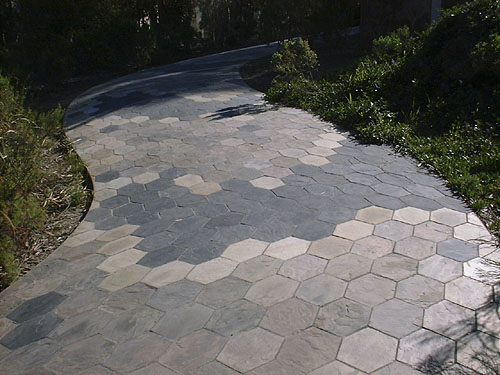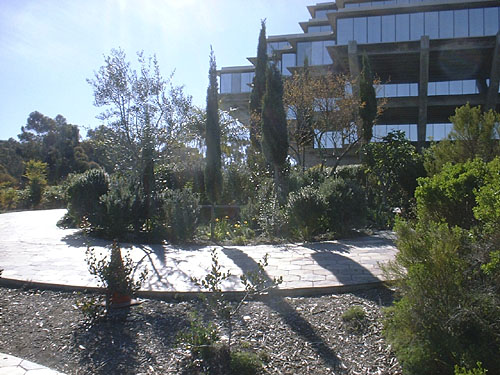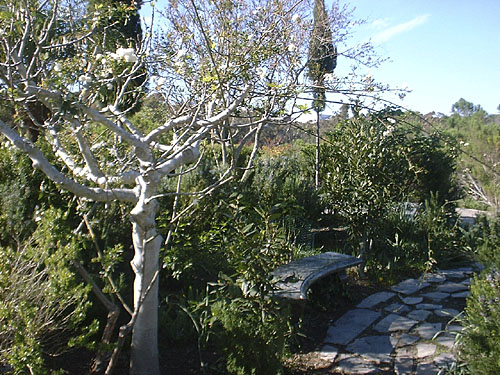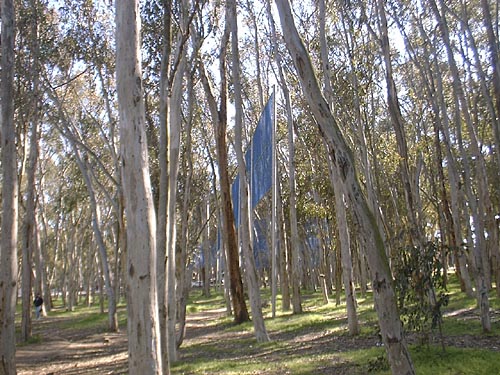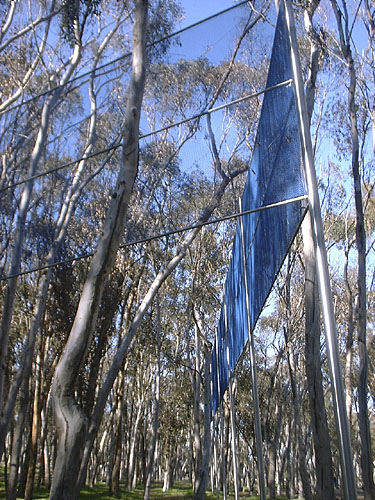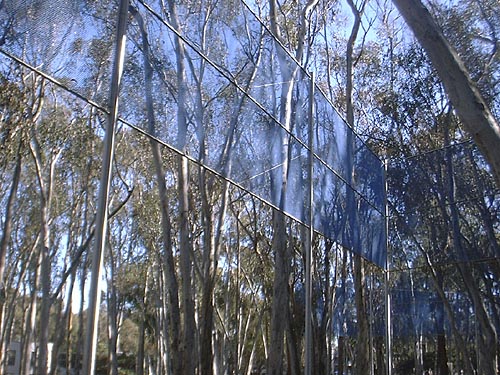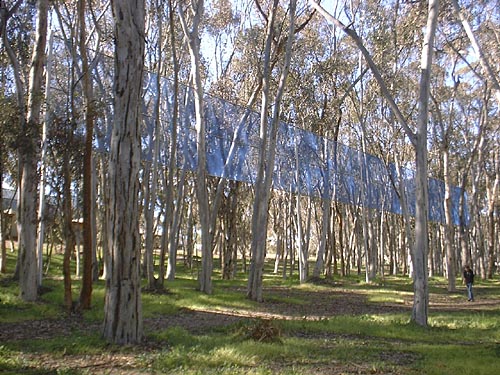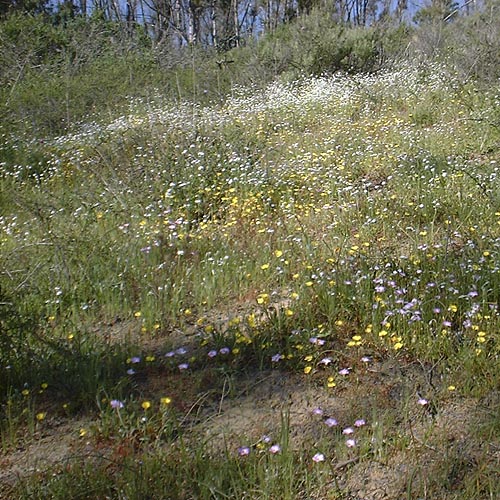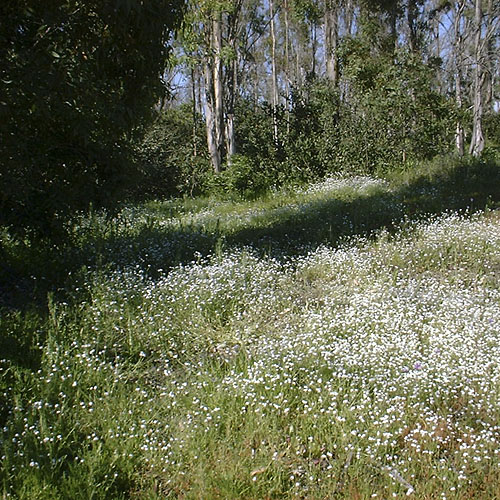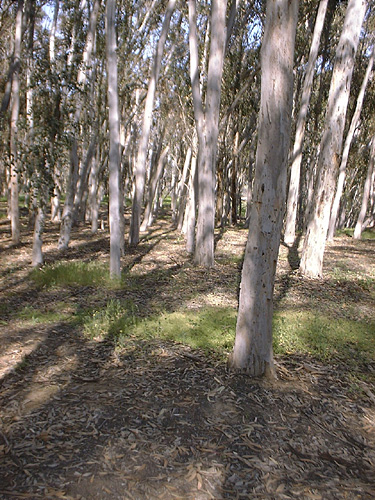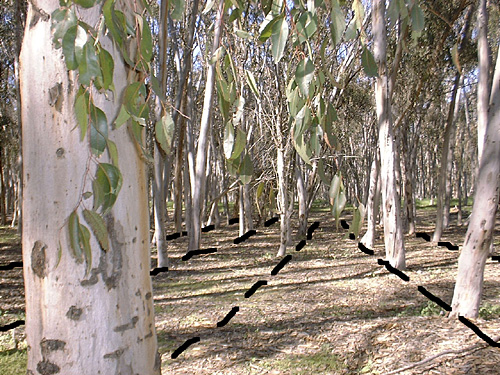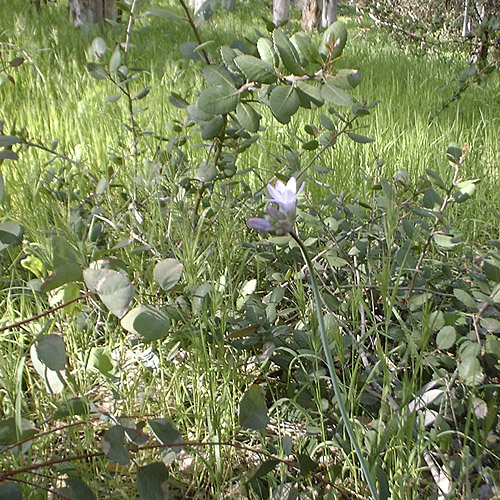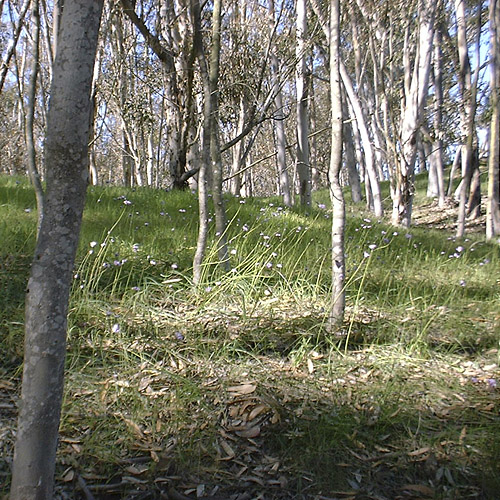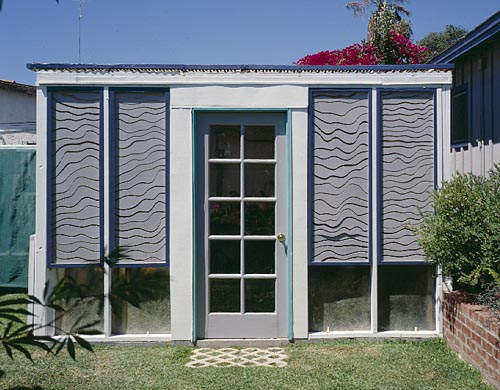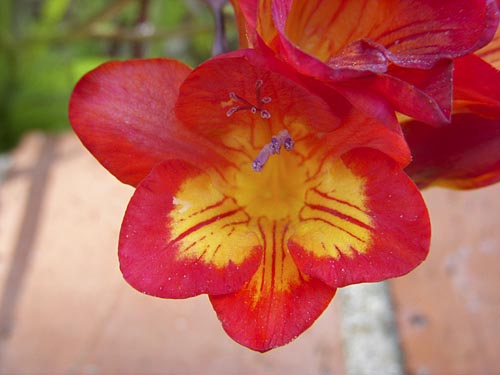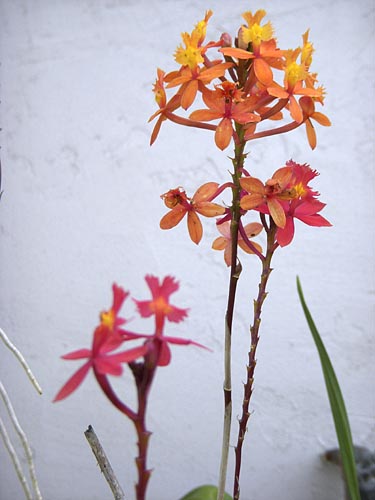This is the result of one of my weekend projects:
 It’s one of four steel cubes that I assembled to put in the new raised bed. The sides of the bed are made of sheet steel that’s already weathered to a rich, warm, rusty patina, so I wanted some pots to put in it that were of the same material.
It’s one of four steel cubes that I assembled to put in the new raised bed. The sides of the bed are made of sheet steel that’s already weathered to a rich, warm, rusty patina, so I wanted some pots to put in it that were of the same material.
John vetoed my first avant-garde conceptual ideas for arrangements, arrangements that worked with competing systems of geometrical hierarchies, one of them based in part on some of the ideas behind Bernard Tschumi’s postmodernist and highly conceptual Parc de la Villette in Paris. But below is one that I finally came up with that makes us both happy. It has some of the geometrical tensions that I wanted to work with. At the same time, the arrangement of the elements is a little chaotic and whimsical–to the point that none of them sit flat on the ground–a quality that appealed to John.
Each pot is planted with the identical plant material. Euphorbia lambii is placed in the center, pointing as perfectly upright and away from the earth’s core as I could manage without getting out the level, an effect that I’m hoping will point out how crookedly each planter is placed. Creeping thyme will eventually protect the top of the slanted top plane of potting mix.
This is an overview of two of the other containers in the garden space, here in the middle- and background, with part of the new stepping stone pathway:
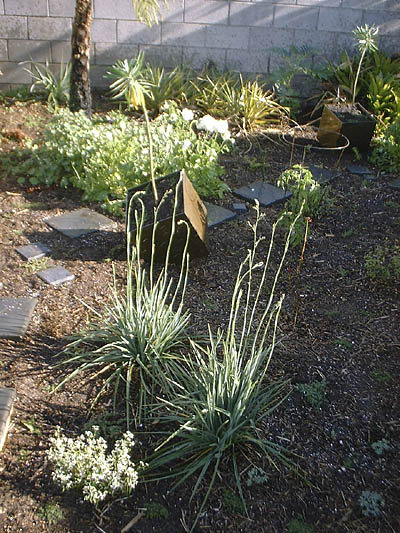 If you have basic of welding chops and a supplier that will pre-cut pieces fairly accurately, you can make them yourself in an afternoon. You could also make similar containers by screwing the steel plate to little pieces of angle iron. Part 2 of this post provides some basic instructions for the welded version shown here.
If you have basic of welding chops and a supplier that will pre-cut pieces fairly accurately, you can make them yourself in an afternoon. You could also make similar containers by screwing the steel plate to little pieces of angle iron. Part 2 of this post provides some basic instructions for the welded version shown here.


